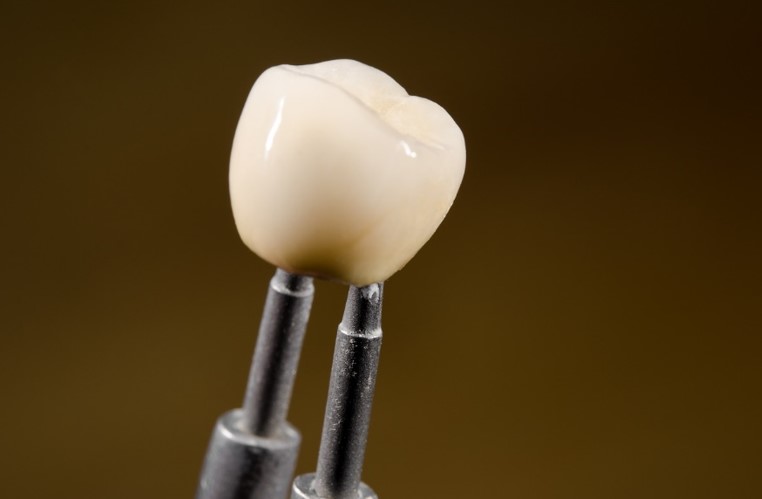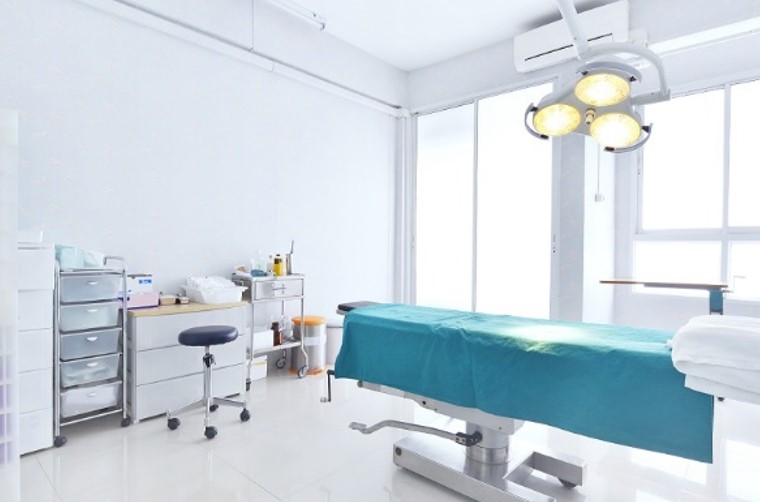What Are Dental Implants And How Are They Performed In A Clinic?

Dental implants Hertfordshire themselves are not a new thing; more than 100 years of research have been put into the current method of fitting implants and although they’ve changed a lot since the original 1900 iridium implants, it’s only in the last decade that they’ve been commonly available in local dental surgeries.
So what are dental implants and how did they find their way onto the high street?
Dental implants are a type of restorative dentistry which allows a dentist to totally replace a lost tooth. This can be done with no aspect of the tooth remaining. A dental implant can be placed into a vacant spot on the jawbone where a socket has long since closed.
In dentistry, the use of a metal that would integrate itself into the jawbone was not discovered until the 1950s with work done into the use of titanium rods to immobilise bones. An extremely close association between the titanium and living bone is referred to as osseointegration and was the perfect option for the production of artificial roots that would be the anchor point to the prosthetic teeth. Together, these artificial titanium roots and prosthetic teeth are referred to as a dental implant.
But all this early work was performed in dental hospitals or as part of dental university research, usually by professors or at least oral surgeons. It would have been very unusual to find a local dentist who could perform dental implanting in the 1970s or 80s or even a dental school where the fitting of an implant was required to pass dental training.

A big step forward in providing implants to the general public was the first implantation; it was performed using local anaesthetic instead of full anaesthesia. This showed that the procedure could be carried out without the assistance of an anaesthesiologist or the use of a full operating theatre. That progress, combined with additional training courses which allowed dentists to become sub specialists in implanting without completing an entire surgical degree, has allowed many local dental clinics to have one or more staff members who are qualified and competent in providing dental implants without the additional overheads of an oral surgeon.
Implanting in the clinic
When implanting is carried out in a dental clinic, it occurs in two sessions. The first is the placing of the titanium portion of the implant into the jawbone. This is done by opening the gum in the relevant area, drilling the jawbone (if required) and placing the implant, then closing the gum over the implant often stitching or glueing the gum in place. There is then a delay period of four or more months whilst the implant integrates into the jawbone and new bone grows around it.
A set of dental X-rays is used to ensure the implant is fully set into the jawbone; then the prosthetic tooth is affixed. This is referred to as loading and usually this signifies the end of the procedure, as from this point onwards the implant should be ready for use and everyday wear and tear.
